Procedure
- Home
- Procedure
Explore List of Gastroenterology Procedures performed by Dr. Gajanan Rodge, Expert Gastroenterologist in Mumbai
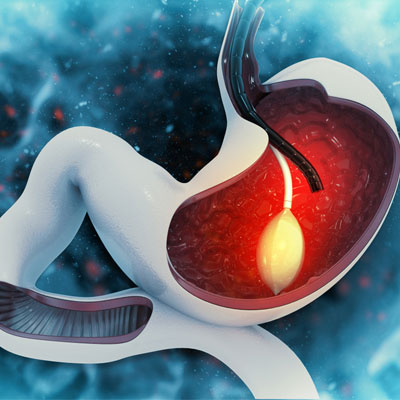
Gastroscopy
Gastroscopy, also known as upper endoscopy, is the examination of the upper digestive tract with a thin flexible tube (endoscope). Gastroscopy is typically used to examine symptoms such as indigestion, nausea, or difficulty swallowing. It can detect inflammation, ulcers, polyps, and other growths. It is sometimes used to treat diseases such as bleeding ulcers, to enlarge a small esophagus (a procedure called dilatation), or to remove a foreign body.

Colonoscopy
A colonoscopy is a procedure that involves examining the bowels with a colonoscope, which is a thin, flexible tube attached with a light and camera. It can help in the detection of conditions such as colorectal cancer, polyps, and ulcers. During a colonoscopy, the doctor may also collect tissue samples for biopsy or remove abnormal tissue, such as polyps.
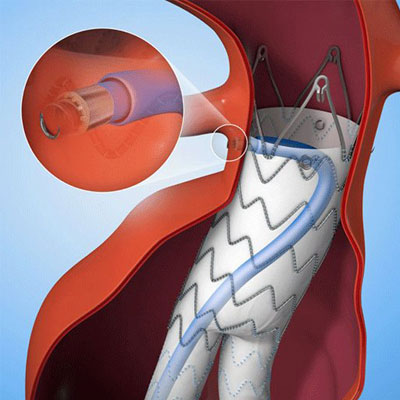
Variceal Banding
Variceal banding is a type of endoscopic procedure. An example of an endoscopic procedure is variceal banding. Using a lighted endoscope, our doctor will place an elastic band over the leaking esophageal vein. Banding the vein will stop blood flow through it. The banded tissue grows into a small ulceration that heals quickly after a few days or weeks.
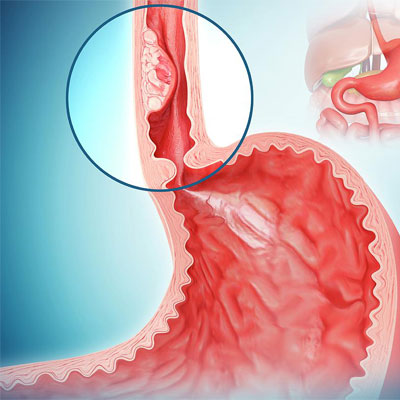
Oesophageal Dilation
It is a procedure in which the doctor dilates, or stretches, a narrow portion of the esophagus. The procedure may be performed as part of a sedated endoscopy by the specialist.

ERCP / STENTING
Endoscopic retrograde cholangiopancreatography (ERCP) is a procedure used to identify and treat problems with the liver, gallbladder, bile ducts, and pancreas. Stents are inserted into the bile or pancreatic ducts to avoid strictures, or narrowed portions of the duct. In order to restore normal drainage, a plastic stent can be inserted through the ERCP scope into a blocked duct.
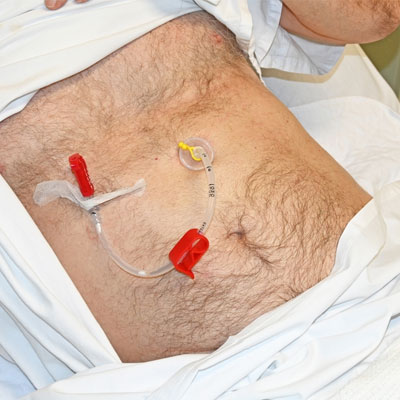
Peg Tube Insertion
A flexible feeding tube is inserted into the stomach through the abdominal wall during the procedure. PEG allows nutrients, fluids, and/or medicines to be put directly into the stomach, avoiding the mouth and esophagus.

Endoscopic Foreign Body Removal
It is a minimally invasive procedure used to remove items that have been lodged or stuck in the digestive tract after being swallowed.
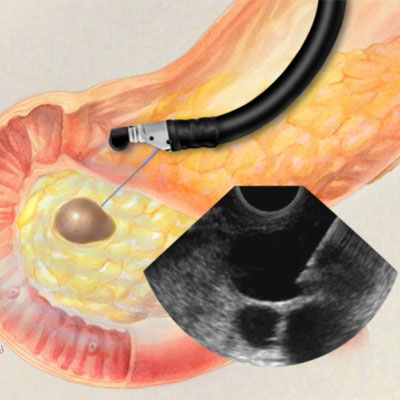
Endoscopic Ultrasound
It is a type of endoscopy procedure that allows the doctor to check the esophageal and stomach linings as well as the walls of the upper and lower gastrointestinal tract.
Gut Health:
The Key To Your Health & Wellbeing

Dr. Gajanan Rodge, is a top gastroenterologist, Hepatologist, Stomach & Liver Specialist in South Mumbai & expert in endoscopy in New Marine Line and Dadar.
Our Locations
Dadar
Zenith Medical Center (ZMC)
West Wing A-402, Kohinoor Square, Shivaji Park, Dadar, Mumbai, Maharashtra 400022Our Locations
South Bombay
Bombay Hospital & Medical Research Center
Room No. 1003, 10th Floor, MRC Building, New Marine Lines, Mumbai - 400020Copyright © 2022 Dr. Gajanan A. Rodge